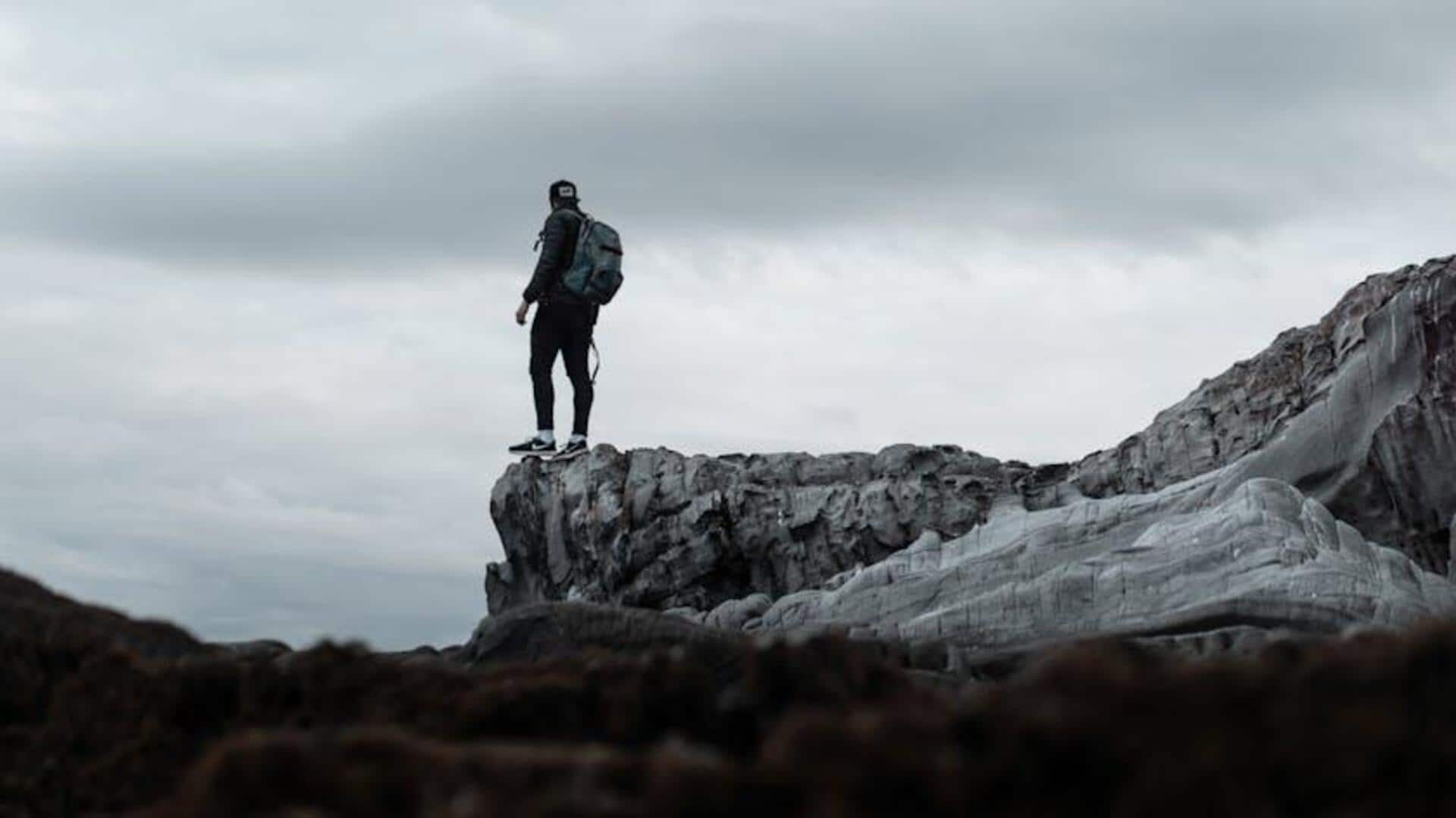
Hike these iconic trails like a pro: A guide
What's the story
Exploring Africa's trails is an experience like no other for hiking enthusiasts. From sprawling savannahs to verdant forests, these trails offer a one-of-a-kind opportunity to be one with nature. Whether you're a beginner or a pro, knowing the finer details of these iconic paths can make your journey even more memorable. Here's how you can navigate some of Africa's most famed hiking trails like a pro.
Trail selection
Choose the right trail
Selecting the appropriate trail is key to a successful hike. Keep in mind factors like difficulty level, distance, and climate while selecting your path. If you're a beginner, trails like South Africa's Drakensberg provide manageable terrain and stunning views. More experienced hikers could choose challenging paths like Mount Kilimanjaro in Tanzania. Researching each trail's specifics ensures you pick one suitable to your skill level and interests.
Preparation essentials
Prepare adequately
To take on any trail, appropriate preparation is the key. First, collect essential gear such as sturdy footwear, weather-appropriate clothing, and navigation tools (maps or GPS devices). Hydration is critical, so carry enough water or keep purification methods handy if you plan to rely on natural sources. Lastly, get to know about local wildlife and safety protocols for a safe hiking experience.
Local insights
Understand local conditions
Each African trail has its own environmental conditions that trekkers must familiarize themselves with, before hitting the road. Weather conditions can be extremely different; some areas may experience sudden rains whereas others stay dry throughout the year. Acclimatization is crucial in high-altitude areas like Mount Kenya or Kilimanjaro to avoid altitude sickness. Knowing these conditions ensures you plan right and avoid risks.
Cultural awareness
Respect cultural norms
Hiking through Africa usually passes through areas where local communities with unique cultures and traditions reside. Respecting these norms by dressing modestly where required, and seeking permission before photographing people or sites of interest is a must. Positive engagement with locals not only enhances your experience but also helps in creating goodwill between visitors and residents.
Environmental responsibility
Leave No Trace Principles
Following Leave No Trace principles ensures the least impact on the environment when hiking through African trails. Carry out all trash, including biodegradable waste, as decomposition rates may be slow in some ecosystems due to climatic conditions or soil composition differences globally. Elsewhere outside this continent, regionally speaking, environmentally wise, overall, generally considered best practice, worldwide, universally accepted standard protocol guidelines followed strictly.